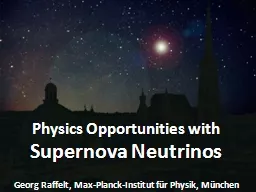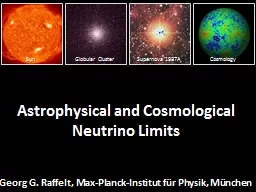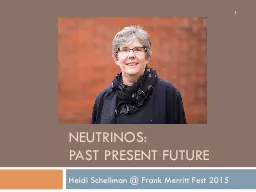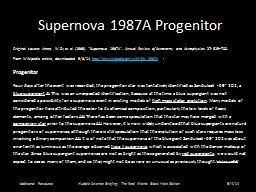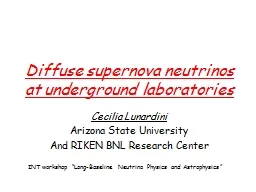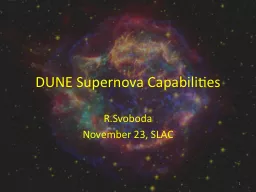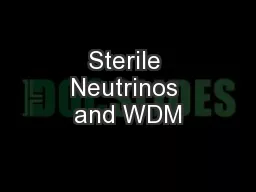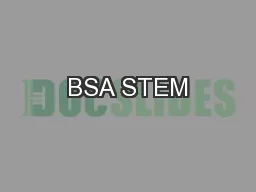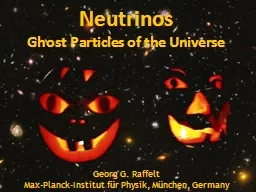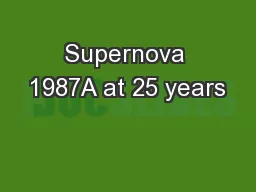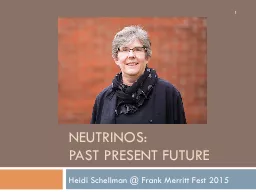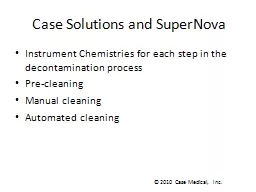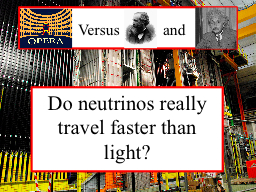PPT-Supernova Neutrinos
Author : conchita-marotz | Published Date : 2016-11-04
Physics Opportunities with Supernova Neutrinos Georg Raffelt MaxPlanckInstitut für Physik München Sanduleak 69 202 Sanduleak 69 202 Large Magellanic Cloud Distance
Presentation Embed Code
Download Presentation
Download Presentation The PPT/PDF document "Supernova Neutrinos" is the property of its rightful owner. Permission is granted to download and print the materials on this website for personal, non-commercial use only, and to display it on your personal computer provided you do not modify the materials and that you retain all copyright notices contained in the materials. By downloading content from our website, you accept the terms of this agreement.
Supernova Neutrinos: Transcript
Download Rules Of Document
"Supernova Neutrinos"The content belongs to its owner. You may download and print it for personal use, without modification, and keep all copyright notices. By downloading, you agree to these terms.
Related Documents

